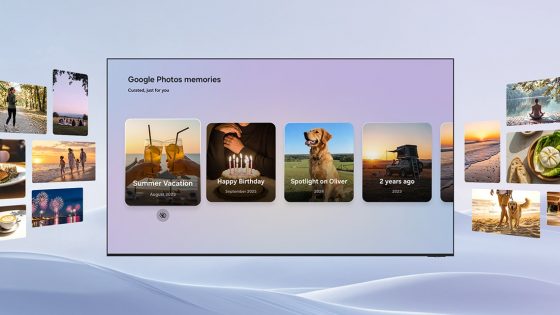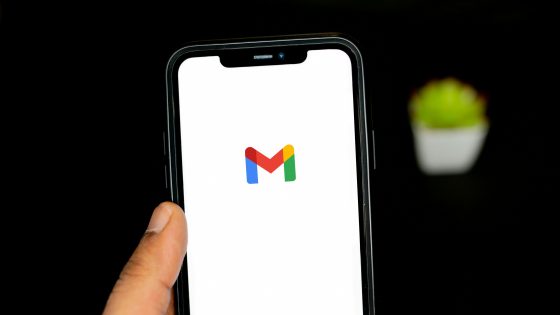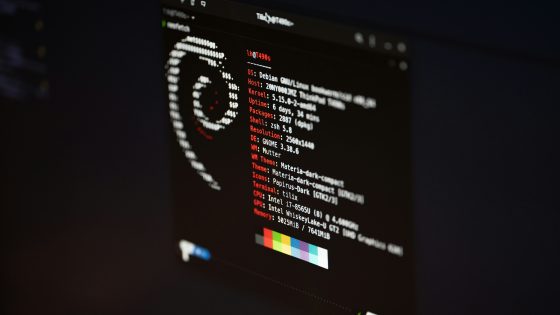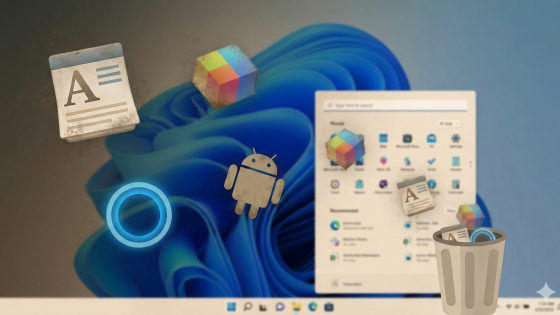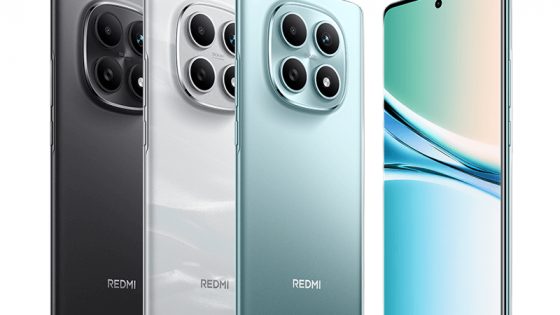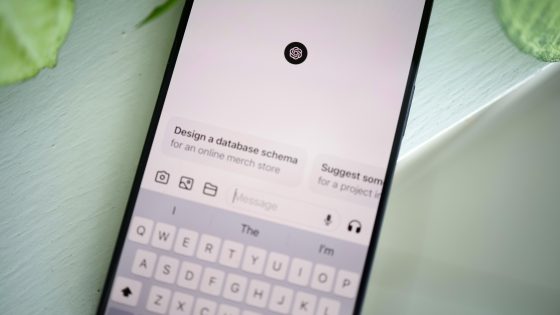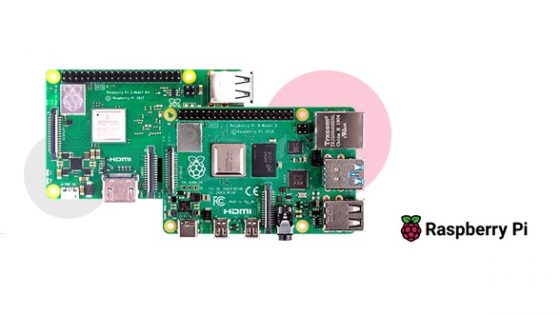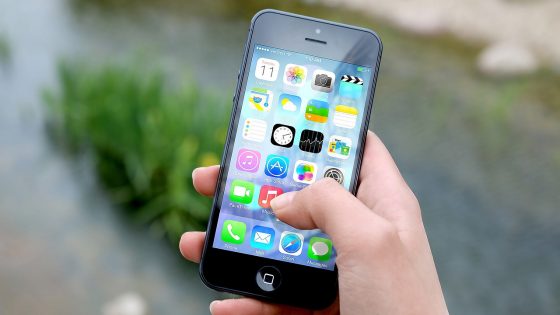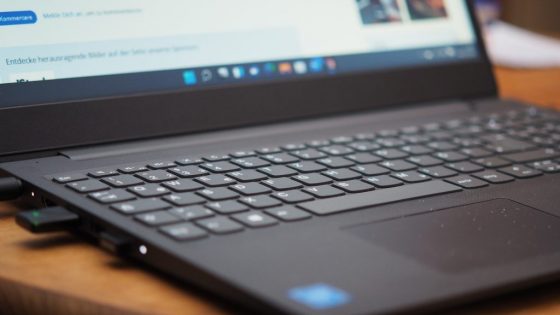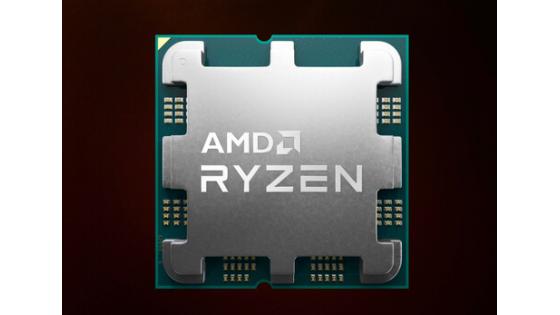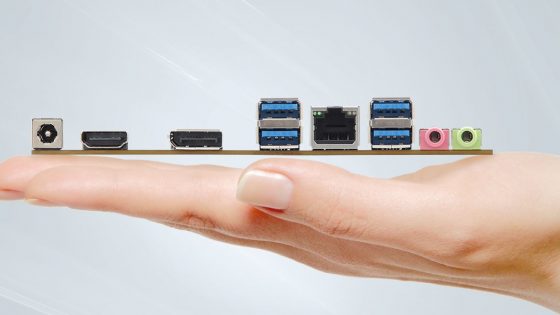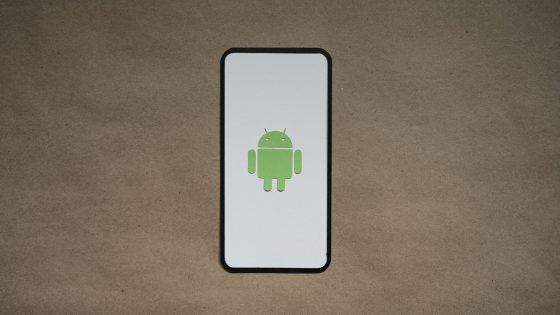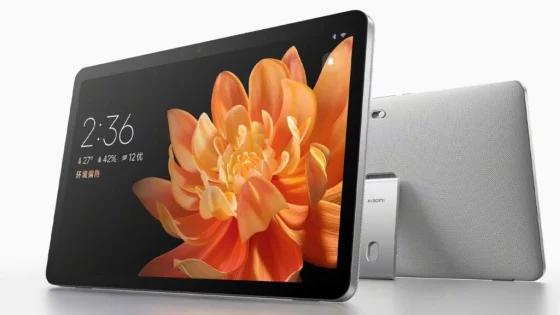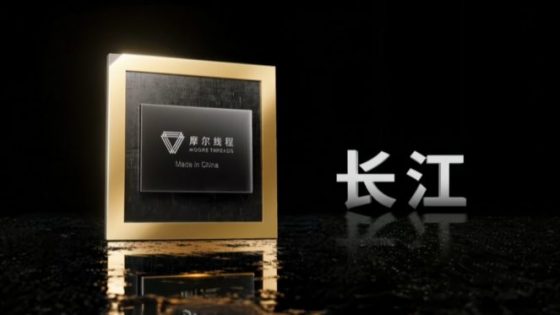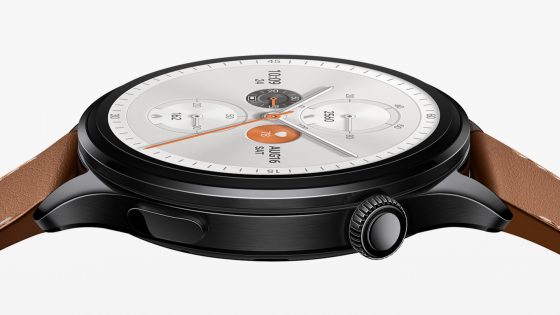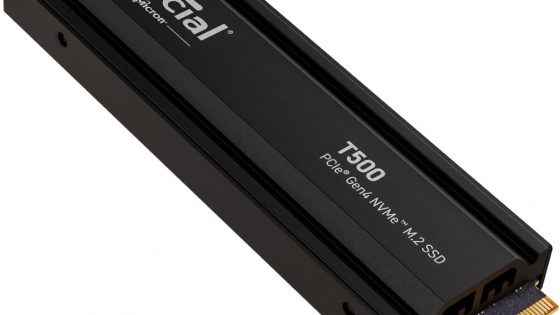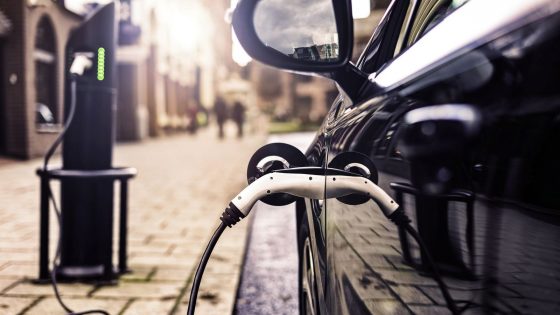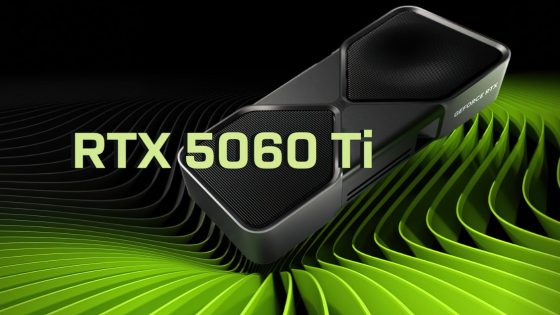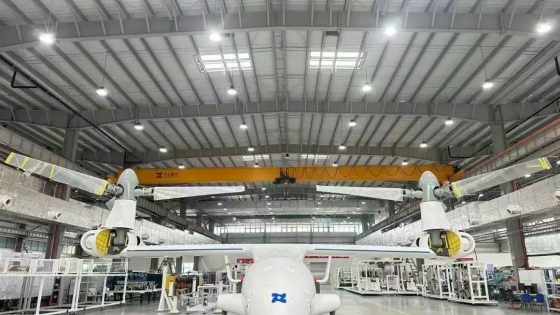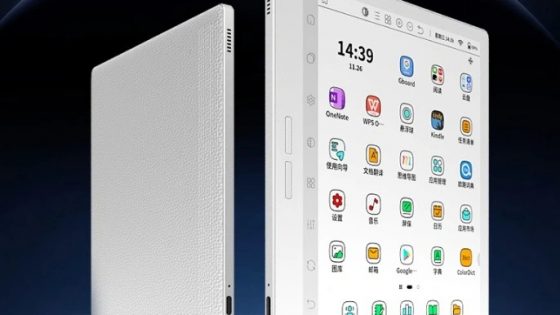A professional photographer compared the cameras of vivo X80 Pro and vivo X90 Pro
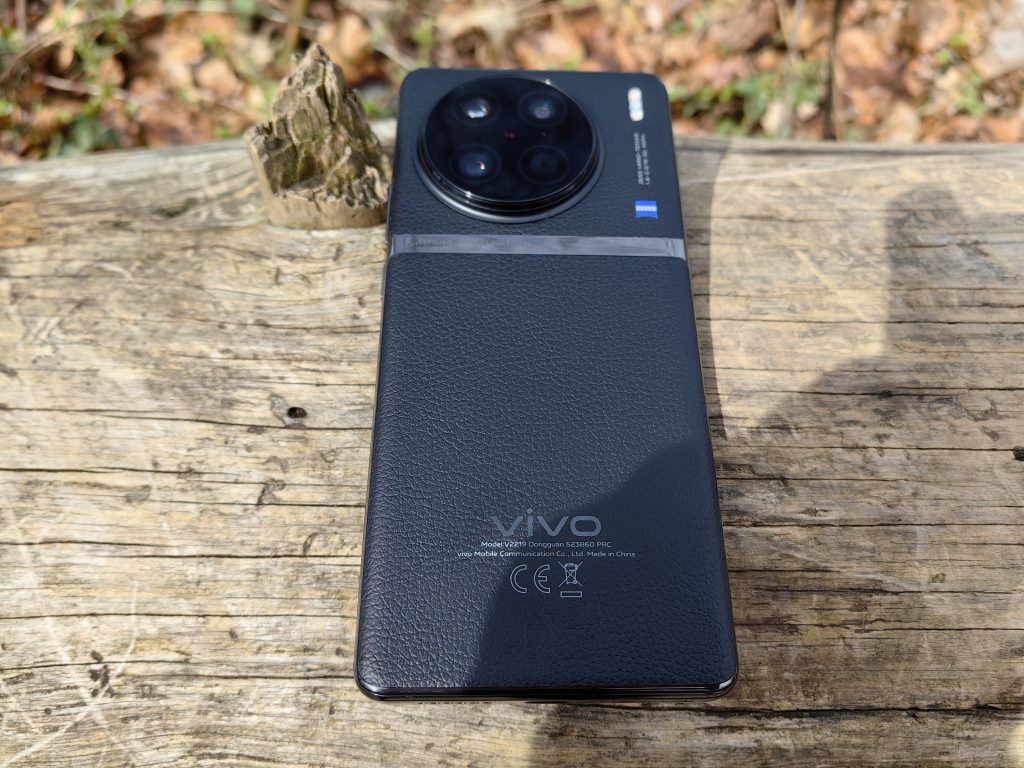
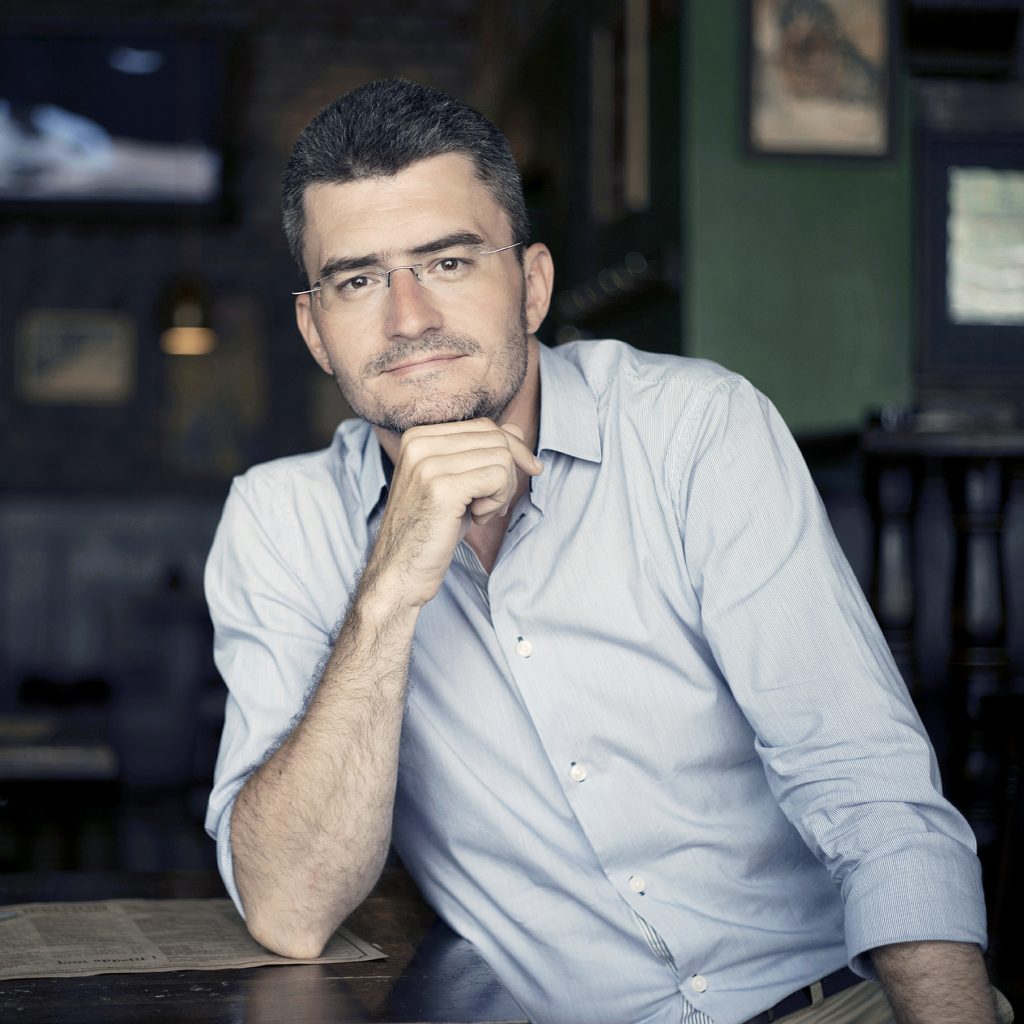
There's no doubt that smartphone photography and video recording capabilities have improved significantly in recent years. How many changes can be observed in a single generation? Some claim that only minor, "cosmetic" changes are visible in such a short time, but there are no major ones. Who better to explore the (noticeable) progress from generation to generation than a seasoned photographer? And how does the "newcomer" vivo X90 Pro stack up against its predecessor, the X80 Pro, which was named the best Android device for photography by several key European media outlets?
Meet Vlad Eftenie, professor of architecture and professional photographer
Vlad Eftenie is the author and co-author of numerous exhibitions of urban photography and architecture in Romania and abroad, and a lecturer at the Department of Design Synthesis at the Ion Mincu University of Architecture and Urbanism in Bucharest. He is the winner of many awards, e.g. at the CBRE International Urban Photography Competition in 2011. He is a member of the Enescu Festival's official team of photographers and was included in Forbes Romania's 2016 Forbes Gallery of Heroes. Professor Eftenie had the challenging task of comparing the capabilities of the X80 Pro and X90 Pro phones while photographing the lively spring streets of Bucharest. .
Direct comparison of shots taken with the X80 Pro and X90 Pro
Compared to its predecessor, the main camera sensor of the X90 Pro brings a number of advantages, as confirmed by comparisons of photos created in different conditions with both devices.
Comparison of photos taken during the day
The bokeh effect, an extremely appreciated feature of vivo's flagship smartphones, is more pleasant on the X90 Pro. The larger sensor provides better image rendering from a shallow depth of field perspective, creating a more poetic feel to the final result, as seen in the photos below.


Tonal and shadow transitions are more natural and there are fewer grainy artifacts in daytime shots taken with the X90 Pro. Obviously, a larger sensor can provide more detail on the same surface.
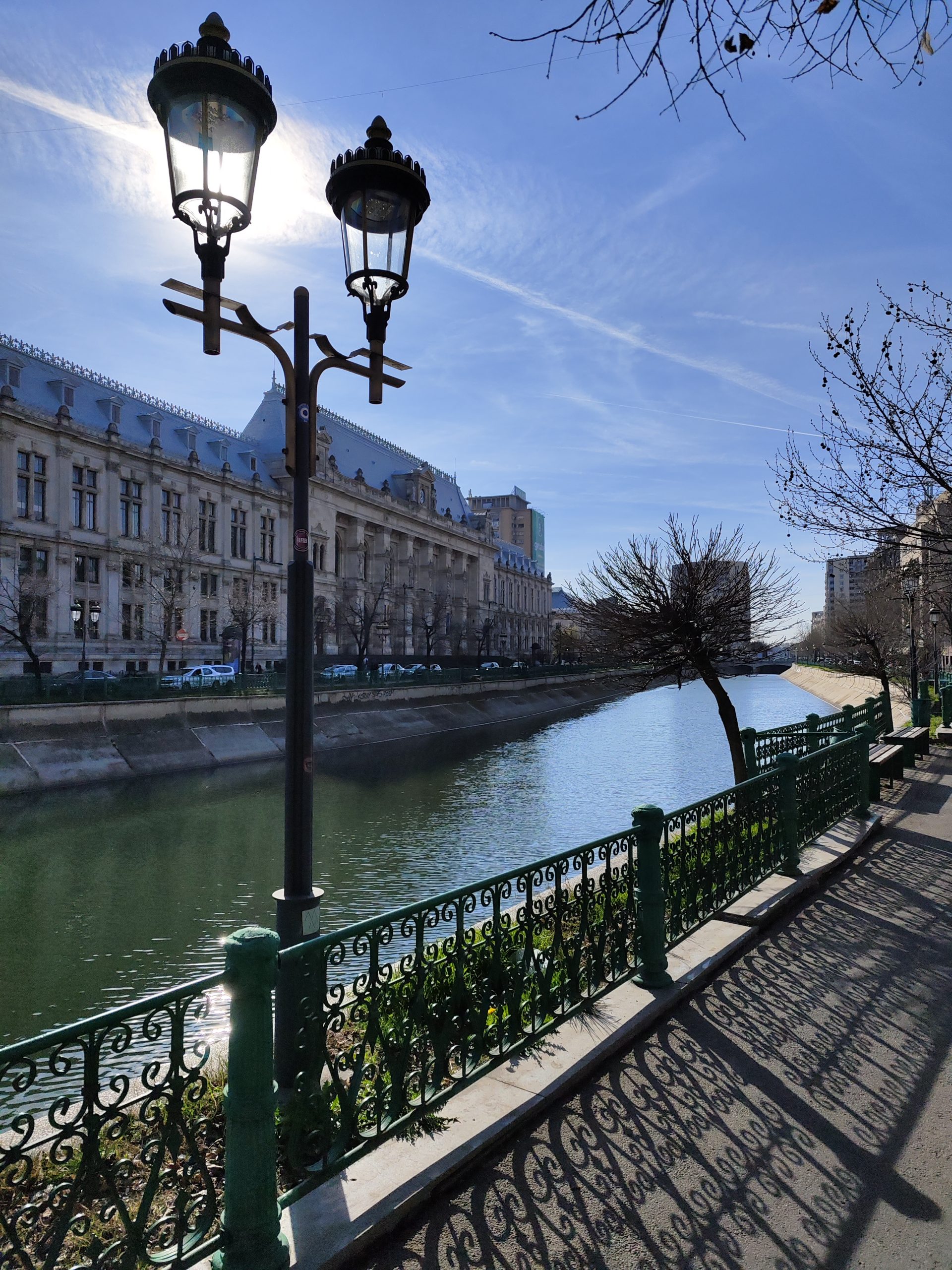
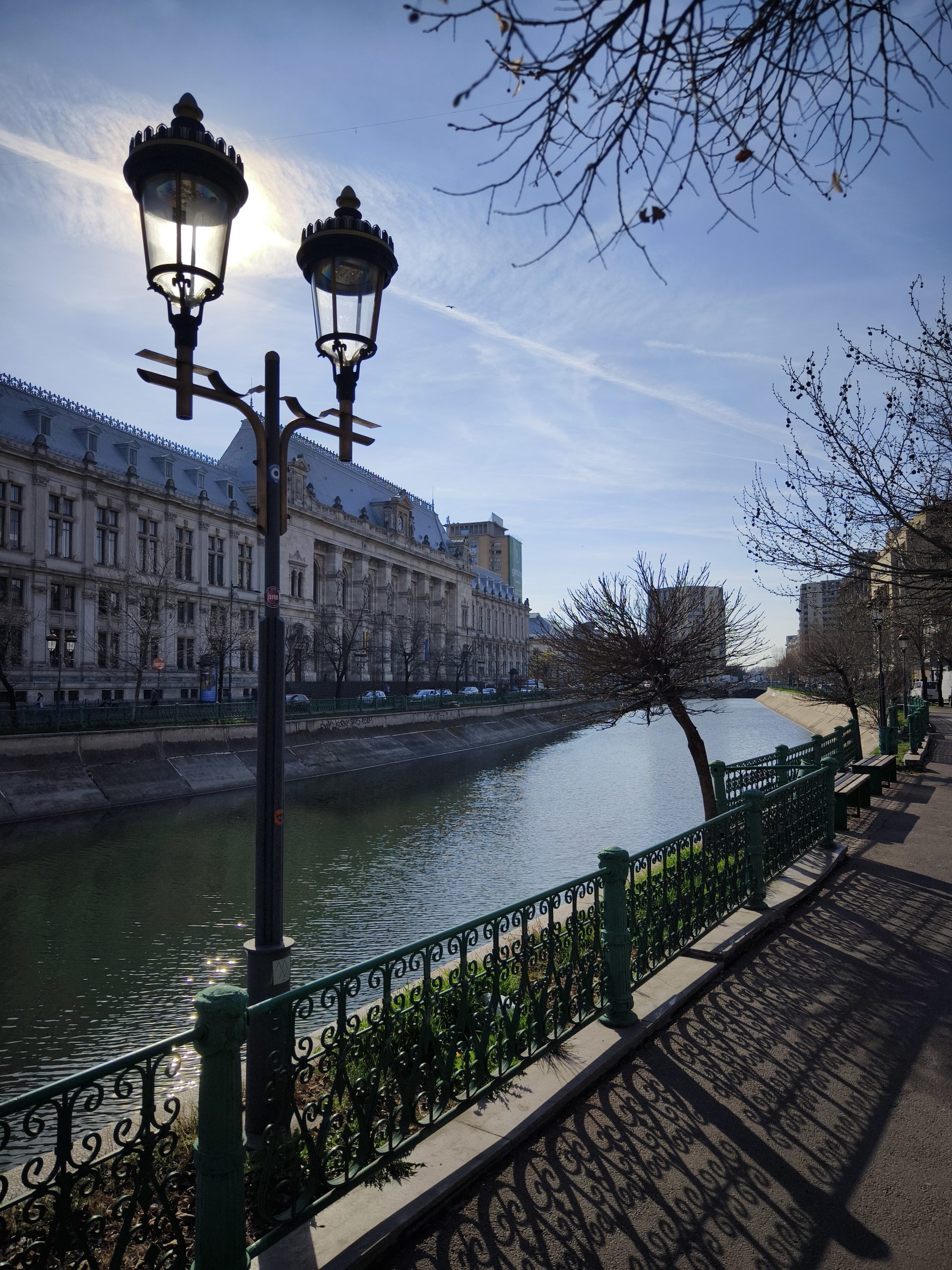
Comparison of photos taken in low light conditions and at night
A comparison of low-light and night shots also proves that the vivo X90 Pro can improve photo quality in all respects compared to the X80 Pro. Low-light urban shots deliver a superb rendering of the rich and deep hues of blue sky, as seen in the photos.
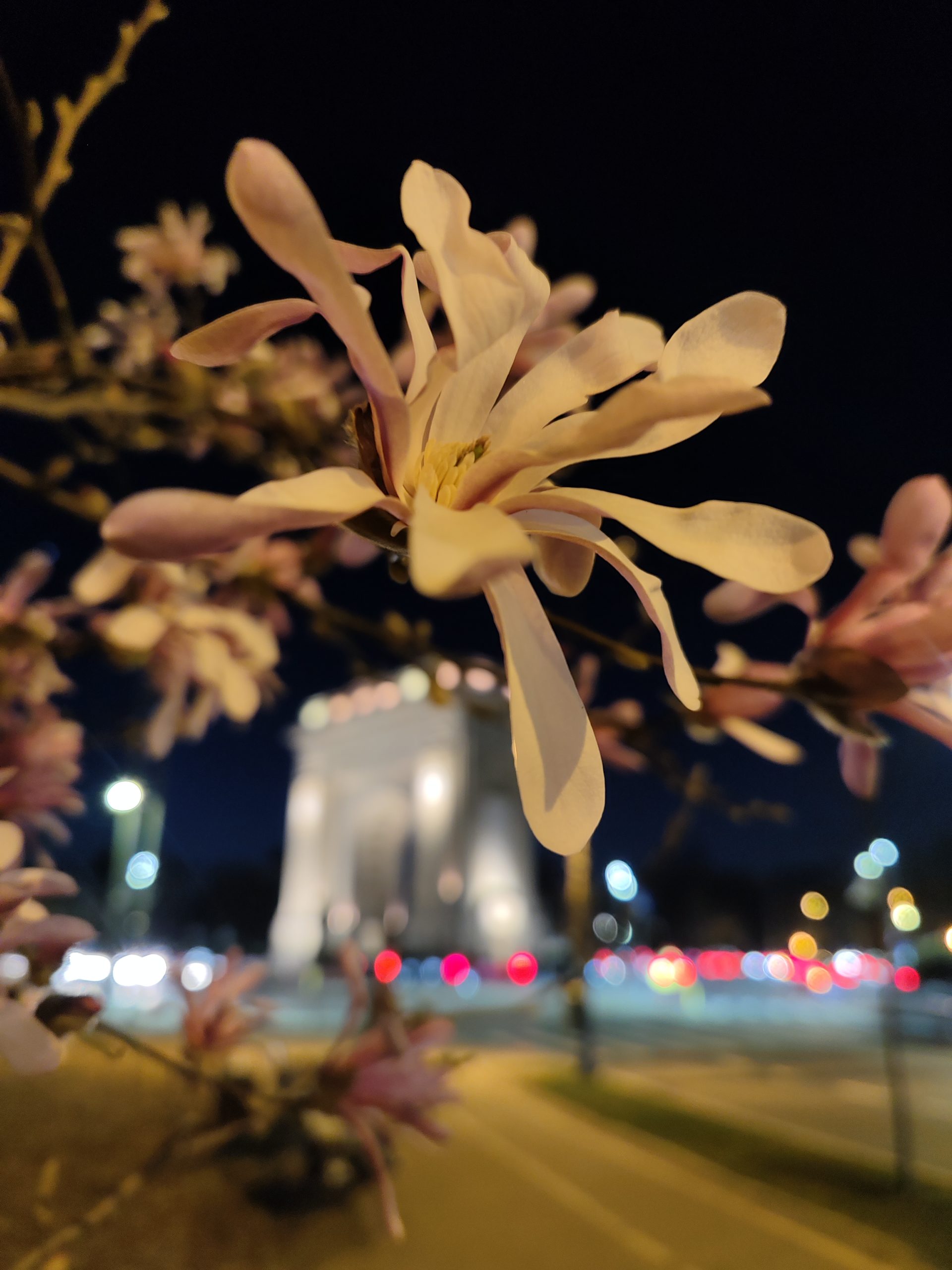

In photos taken with the X90 Pro, the sky area is more detailed and has more detail in the shadows, creating a more natural looking image, as seen here:
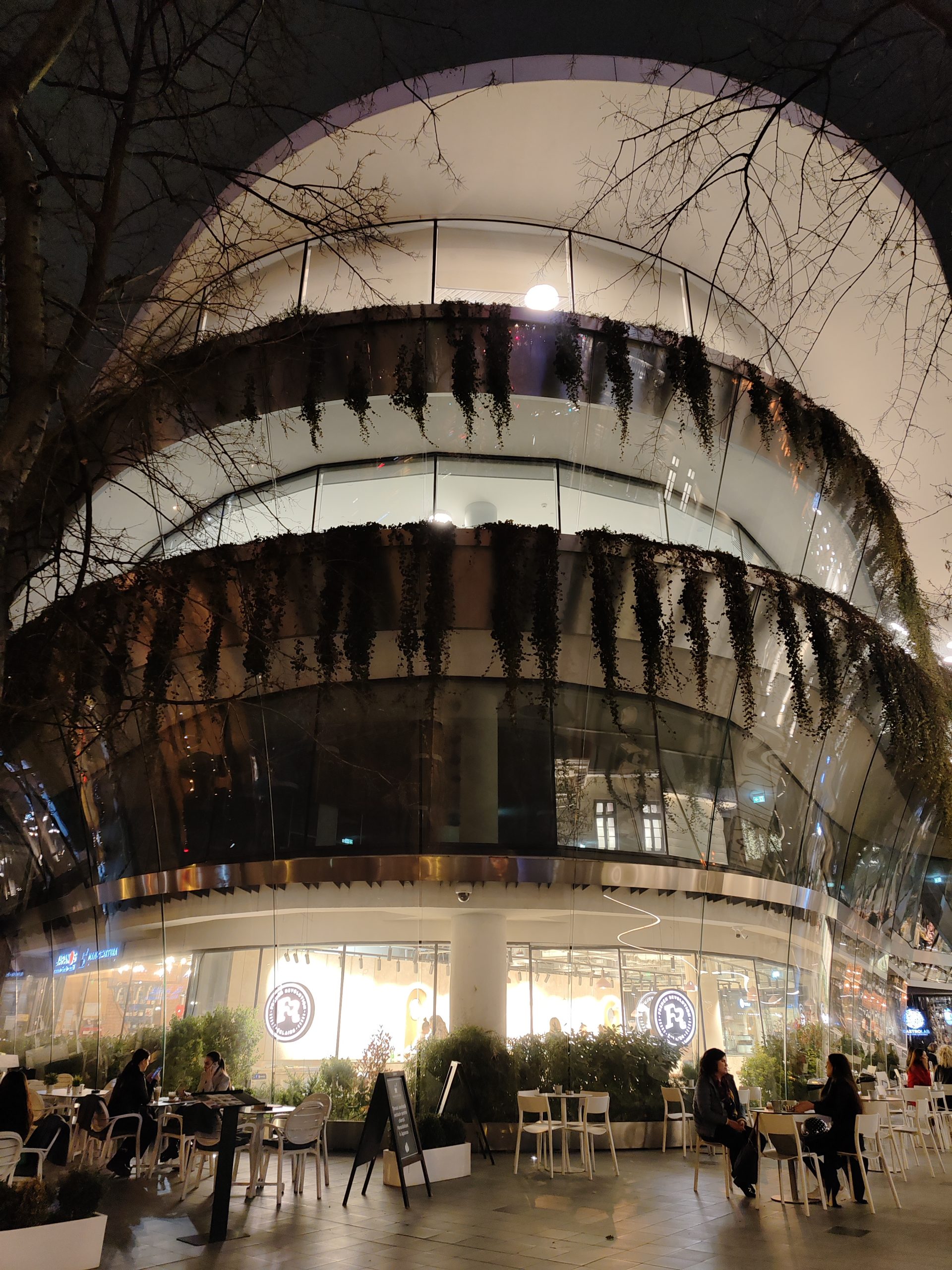
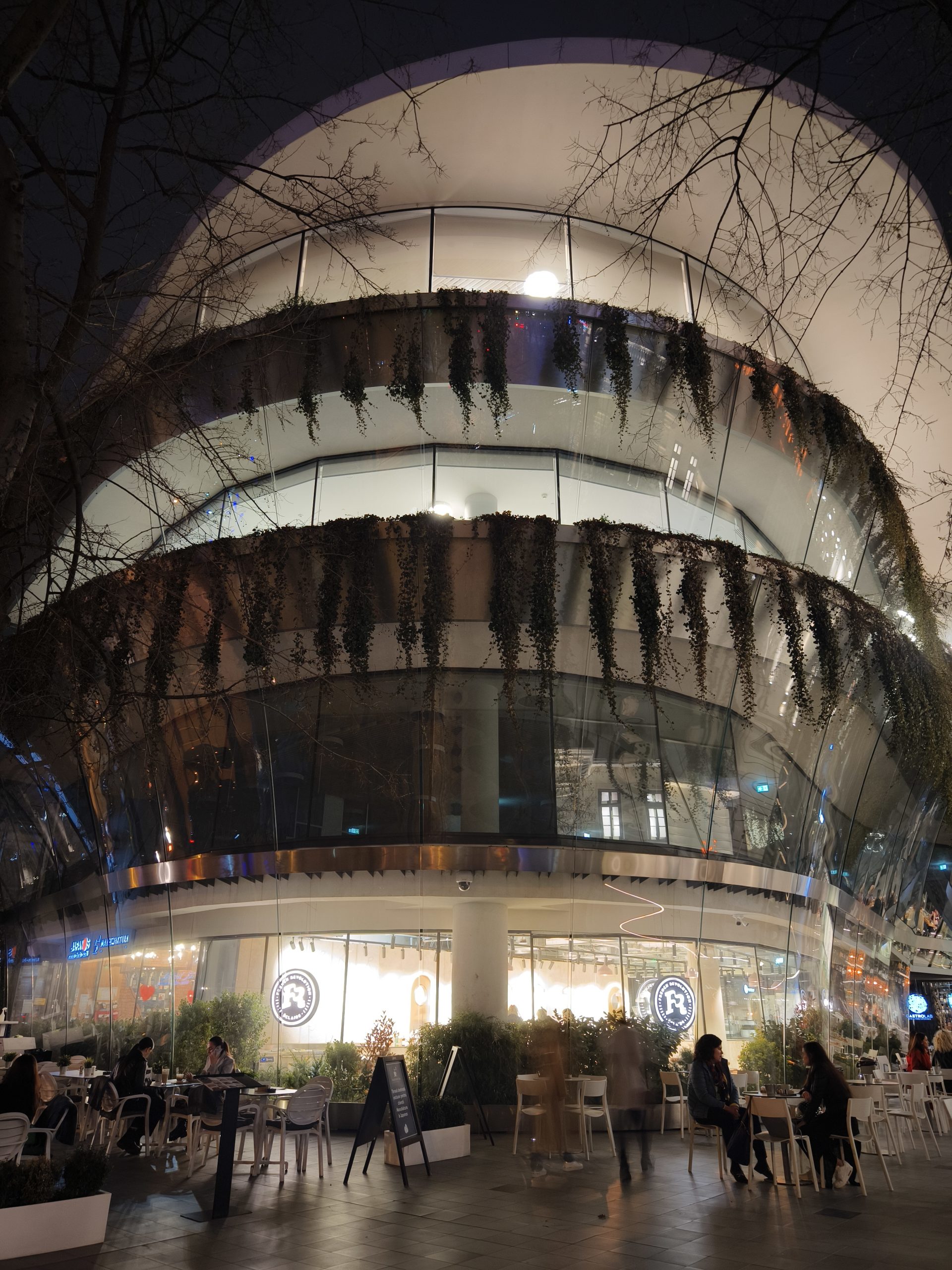
Comparison of portrait mode in low light and daylight
Portrait Mode on the X90 Pro delivers exceptional photos captured in both daylight and low light, without the need for further adjustments or editing. Photos taken in daylight show beautiful skin tones, excellent bokeh, and the end result is a dreamy look, even in fully automatic camera mode.

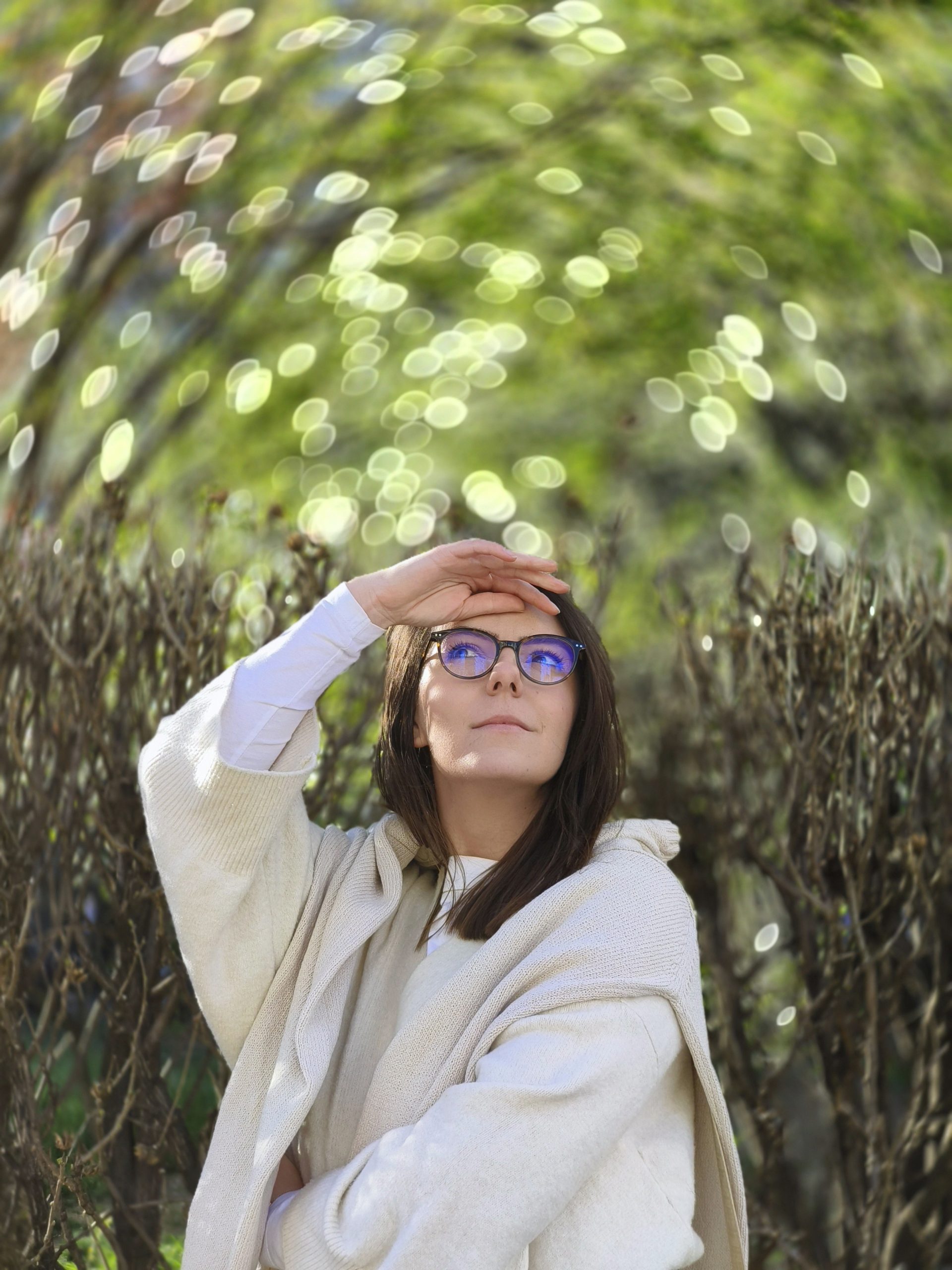
Even in low-light conditions, the camera captures skin tones beautifully, providing cinematic photos that are sure to grab viewers' attention.


In addition, the X90 Pro controls lens flare better, meaning that points of light in the background are more clearly displayed. Compared to the X80 Pro, portrait shots have a slightly cooler overall tone, resulting in a better final result.
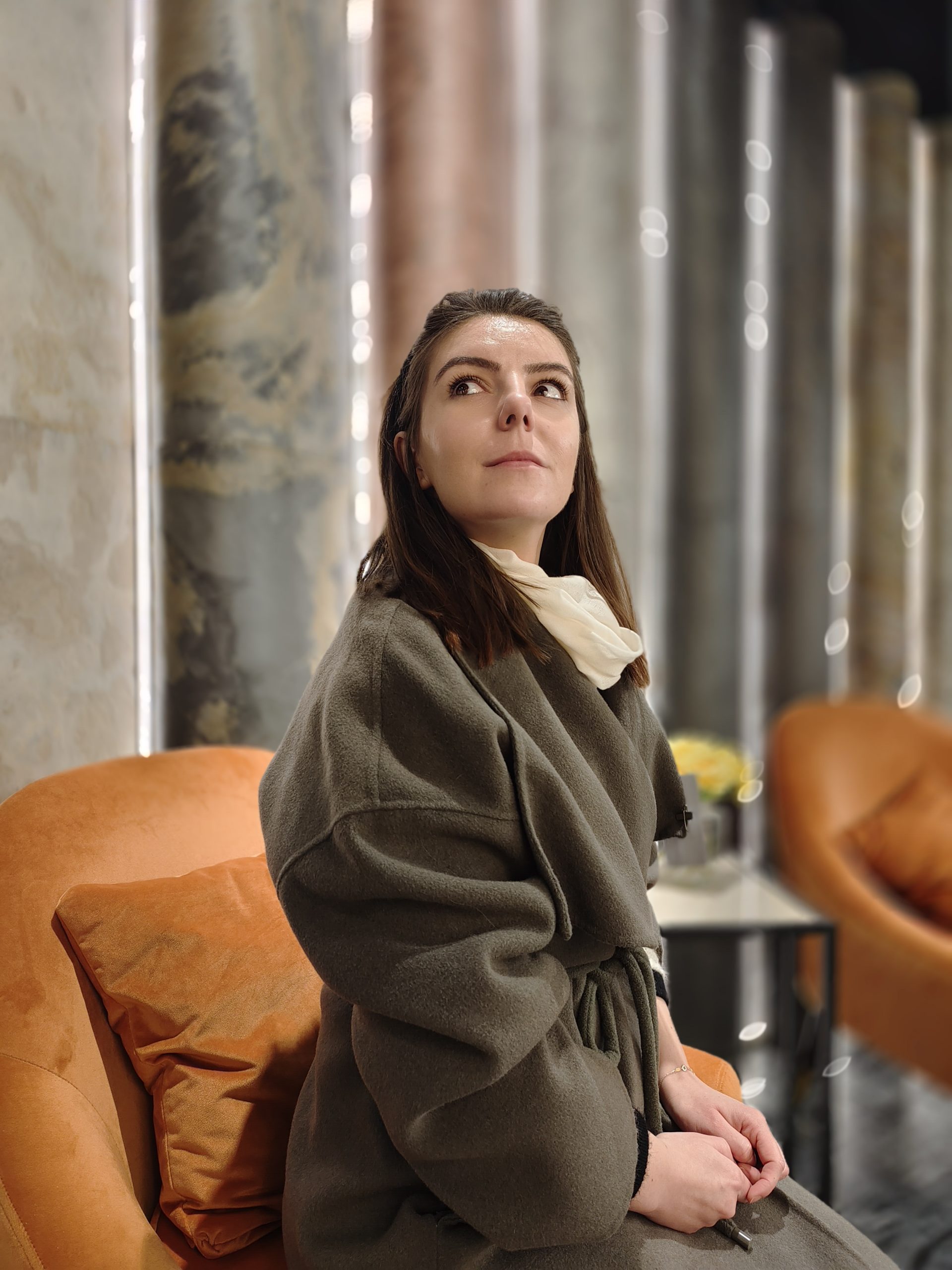
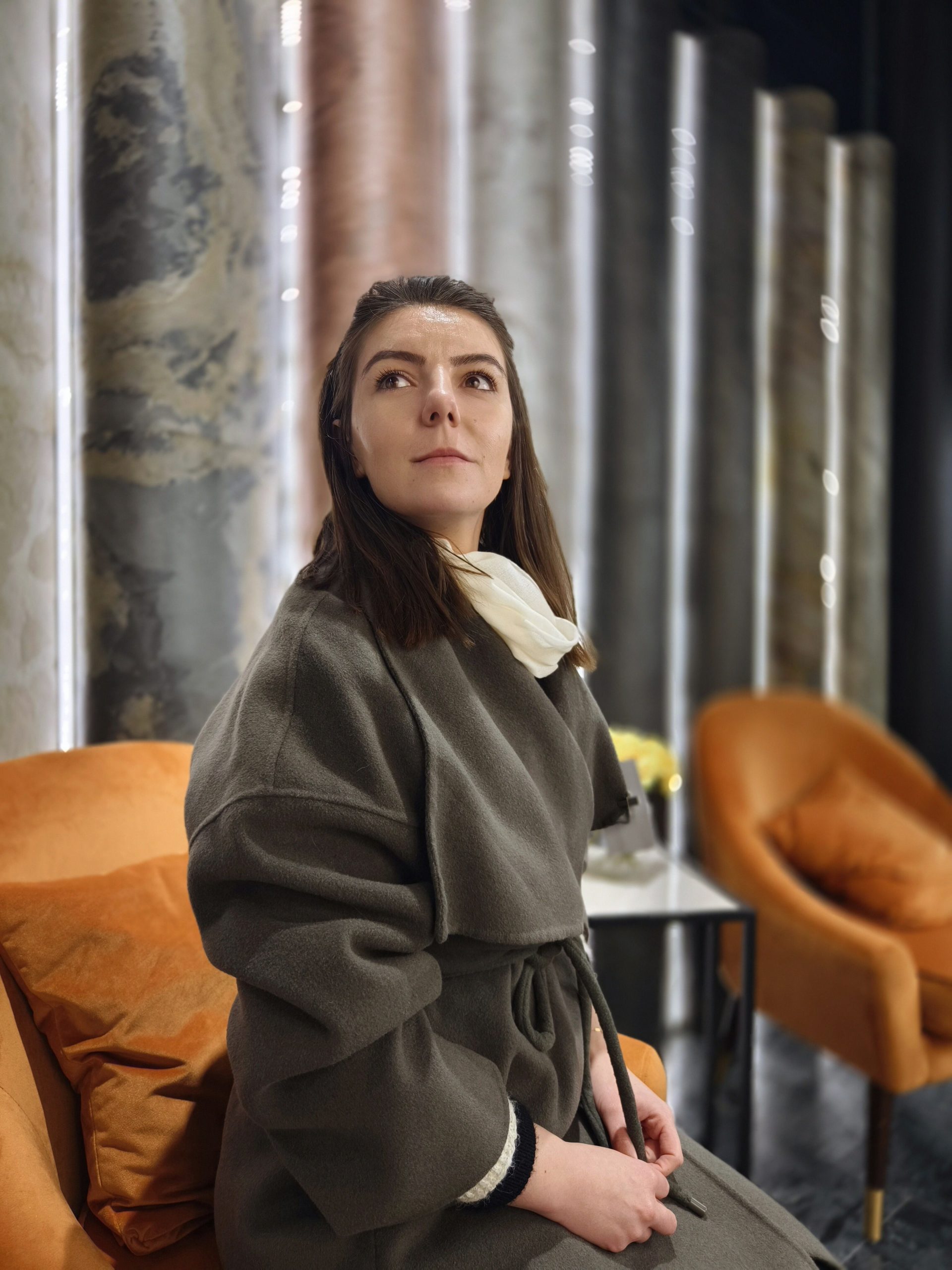

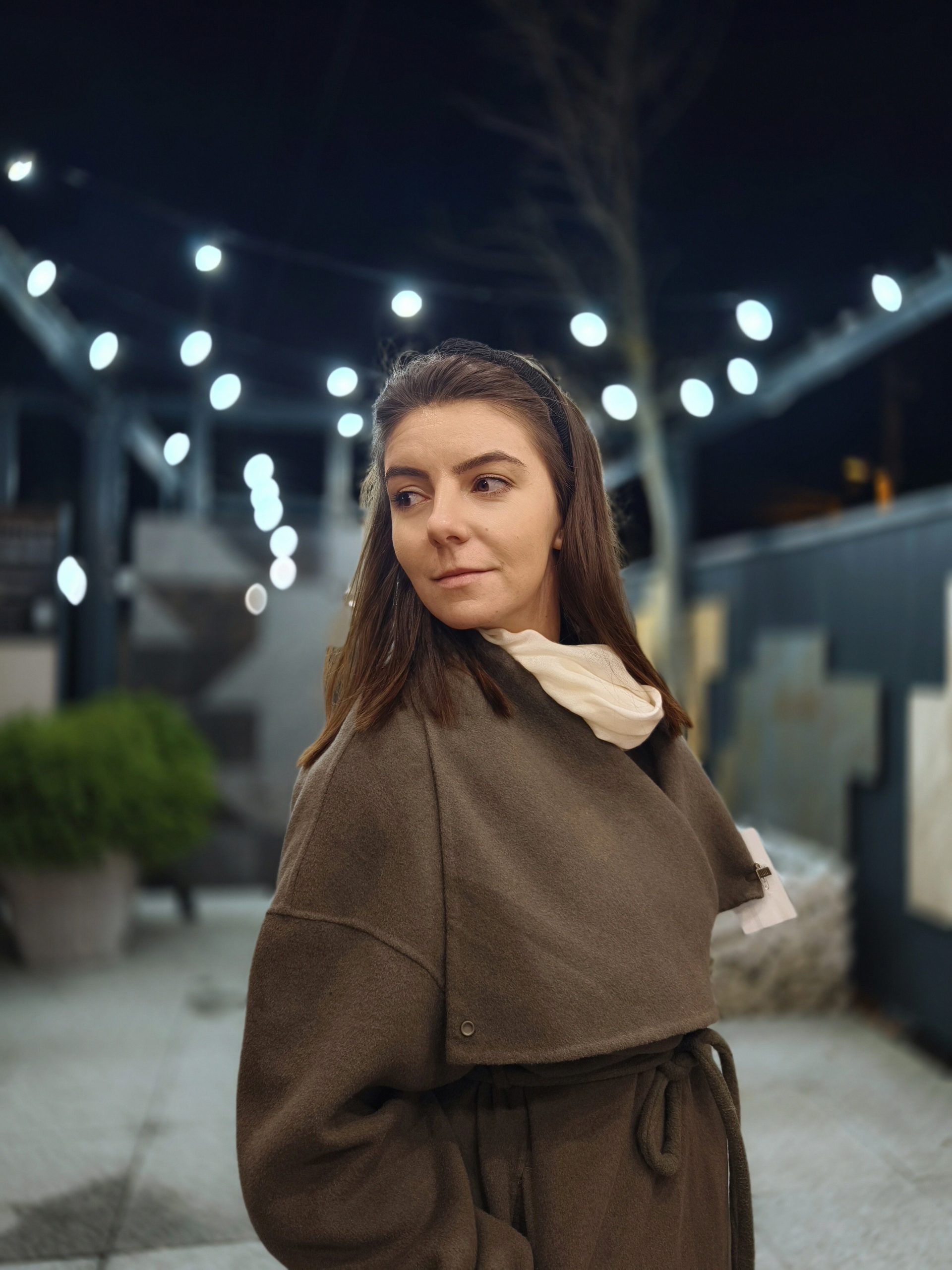
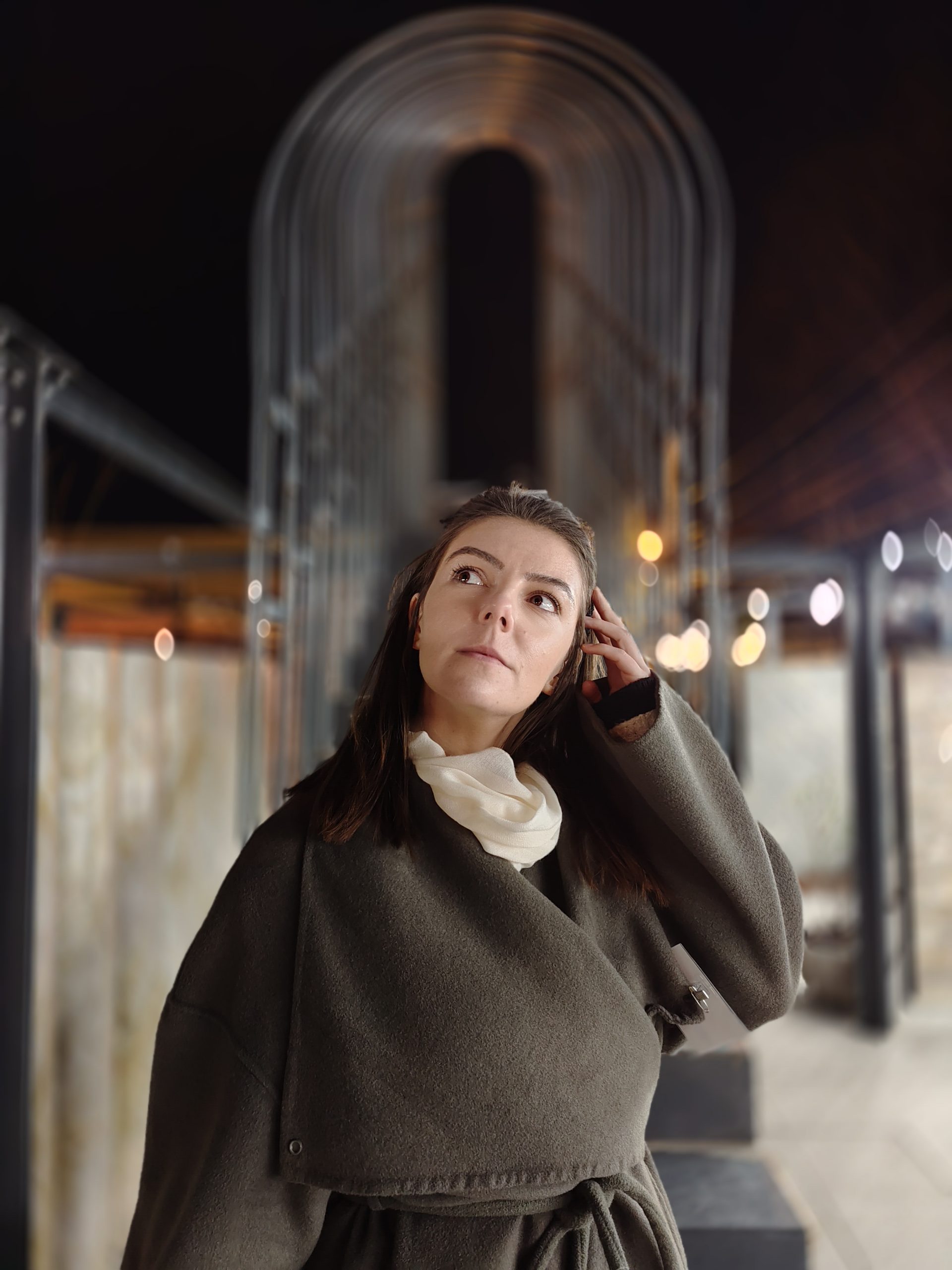
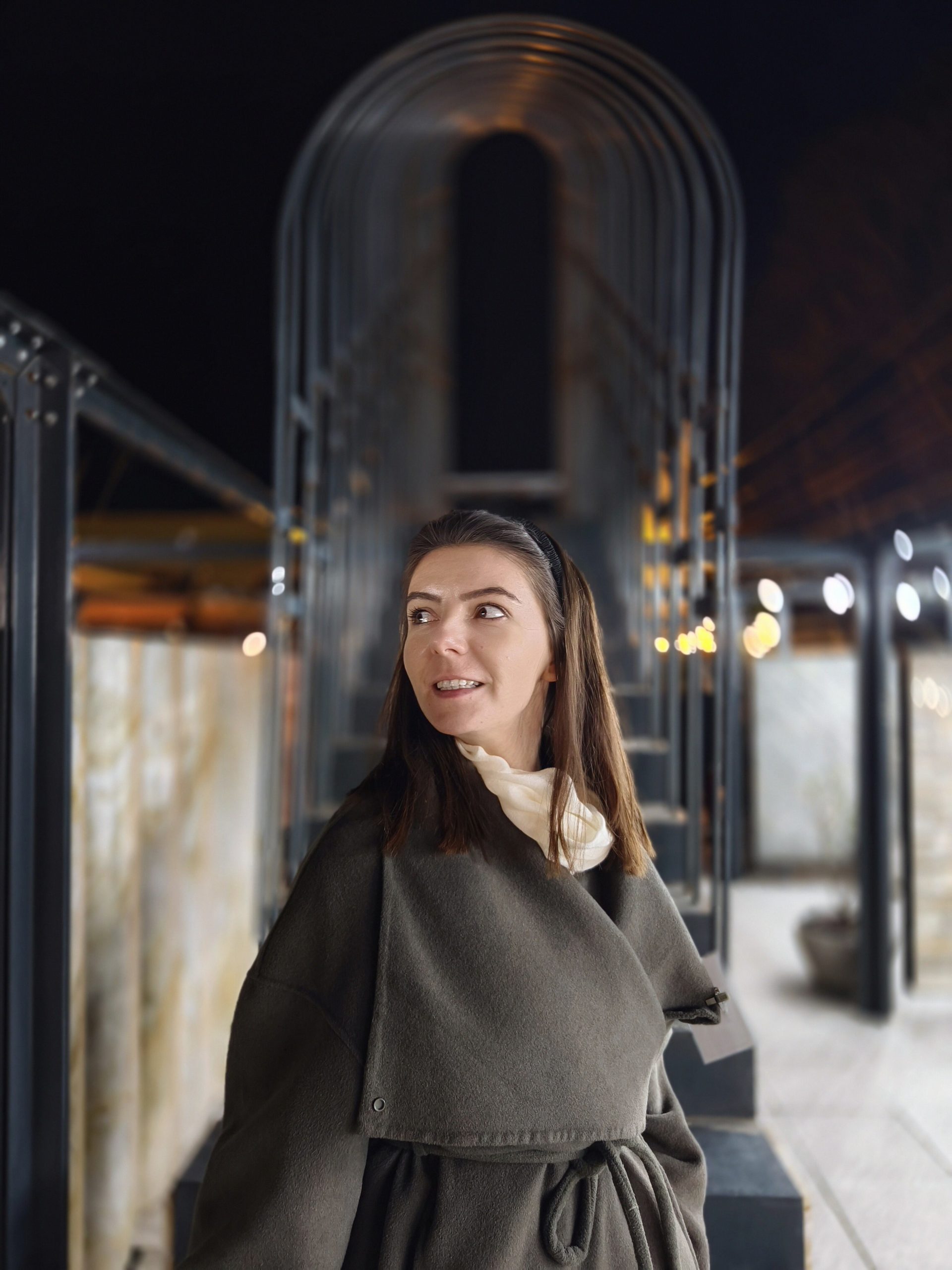
Side-by-side comparisons of a professional photographer's test, which evaluated the performance of the current flagship model, show that the X90 Pro delivers richer colors with more natural tones and contrast, making photos remarkably similar to the image perceived by the eye. Low-light exposure times are shorter, making the X90 Pro more suitable for hand-held shooting situations, and the camera setting does a better job of mitigating flare, proving that the ZEISS T* coating is a real improvement over the previous generation.
How vivo improved on its predecessor: incremental changes at all levels
The X80 Pro has been hailed by many media as the best Android smartphone for photography, and the X90 Pro goes one step further. One of the biggest improvements to this year's camera model is the introduction of a 1-inch main sensor. It's clear that it's something completely different, considering that the price of this sensor is twice the price of the entire camera set available in the "non-pro" version of the vivo X80. The sensor's surface area is larger, which means it can absorb more light, and more light means better photos.
Significant improvements for perfect portraits with every shot
One of the most important aspects that the developers at vivo always strive to improve is the smartphone's ability to take portrait photos. These pieces of "emotional hardware" count among the most special photos users take with their phones, meaning there's no room for compromise. The Sony IMX758 sensor used in the X90 Pro, which is aimed at portrait and street photography, is 33.7 % larger than the Sony IMX663 sensor used in the previous generation. With the new sensor, the resolution also increased from 12 MP to 50 MP. The aperture has also been increased (to f/1.6), which together with Romosaic on the hardware level improves light capture by 76 % compared to the vivo X80 Pro model. The 50mm focal length used for a portrait camera is a universal addition, as it is equivalent to the focal length of the human eye, which means that portraits taken with this setting look completely natural.
The Vivo X80 Pro set new standards as a flagship phone that offered many "hidden features" that make photography even better. The X90 Pro builds on this heritage: for example, one of its features is the ability to analyze photos in real time and enable smart horizon correction of captured images. This is especially useful for professional photographers taking architectural photos, as they can skip the horizon adjustment step in post-processing.
Artificial intelligence helps capture beautiful images
The vivo X90 Pro's triple camera system is a significant upgrade in itself – even compared to the extensive capabilities of the X80 Pro. Hardware alone, however, would not be enough to capture such spectacular images. This is where the V2 image chip for photo processing comes in: vivo's third-generation chip provides greater performance than its predecessor in all respects, and includes AI-ISP architecture and deep learning accelerators. The AI Perception Engine 2.0 mechanism also improves photo quality and allows for a 10% improvement in white balance compared to the X80 Pro. This is most useful when shooting nature in the mountains, where the ridges are bathed in sunlight and the trees at the base are in shadow. All details are preserved, just as they are seen by the human eye.
The X90 Pro also takes video capture to the next level. The 4K HDR Night Video feature allows the phone to detect high-contrast scenes and use HDR to enhance image tones. This allows for a realistic display of colors and greater depth and vibrancy in videos. Compared to the X80 Pro, vivo's new flagship delivers a theoretical dynamic range that is 4 EV higher.



